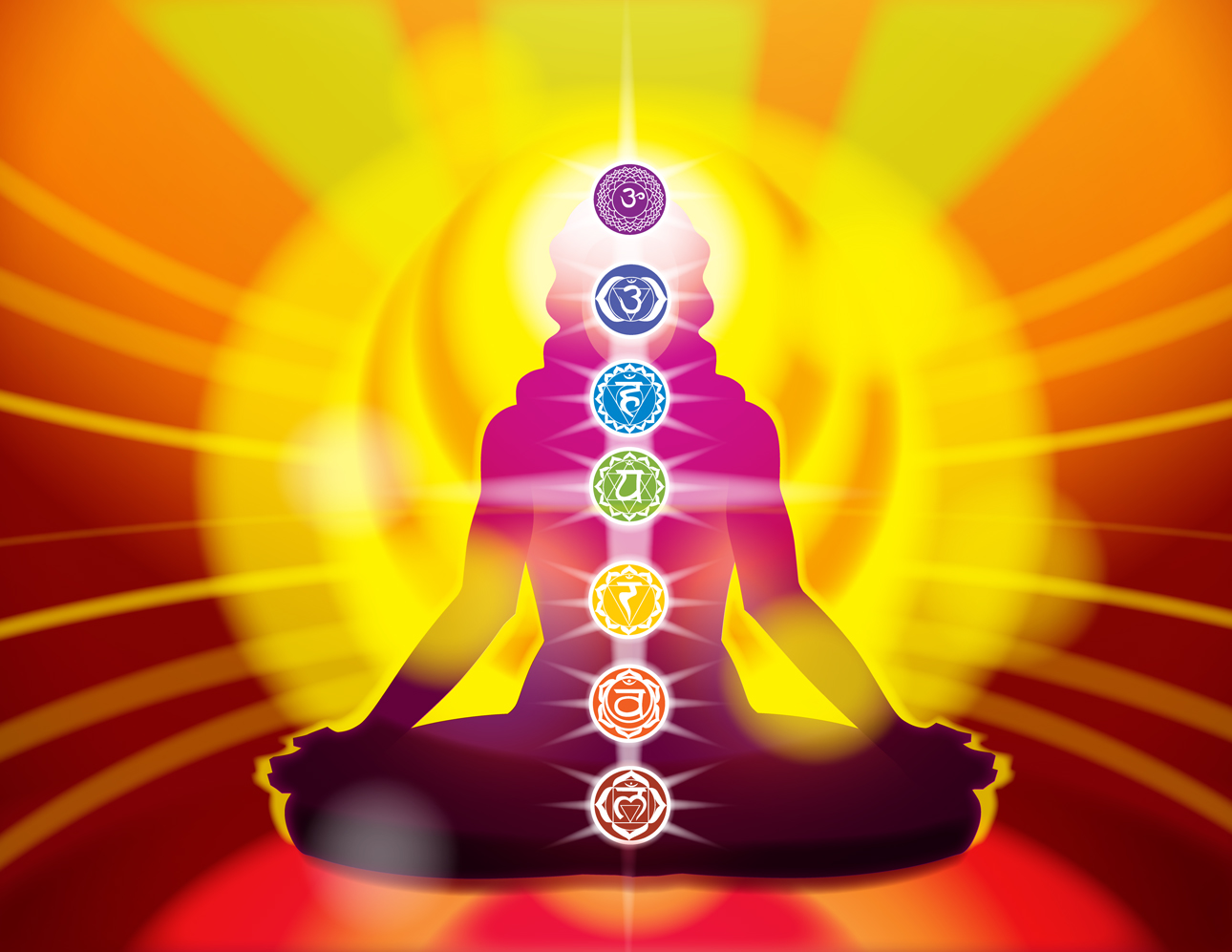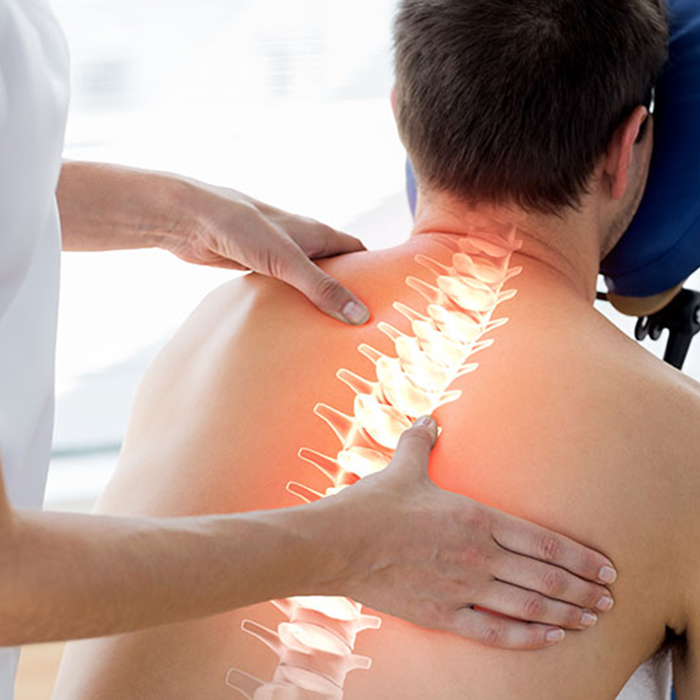Reiki is now being practiced in several hospitals in the US Reiki is a simple hands-on healing modality that is becoming very popular in the world. Increasingly, reiki is getting more attention from medical practitioners and several hospitals in the US have now incorporated reiki in their programs. The term reiki is a combination of […]


